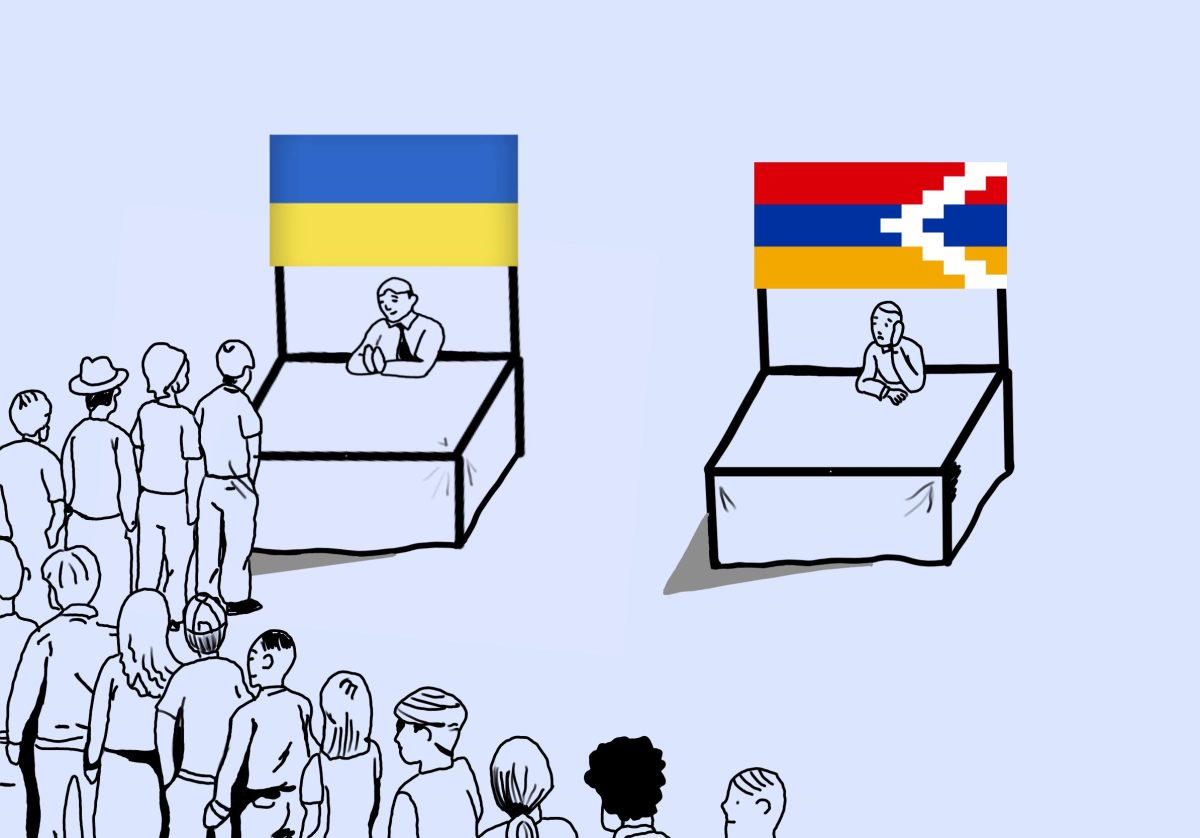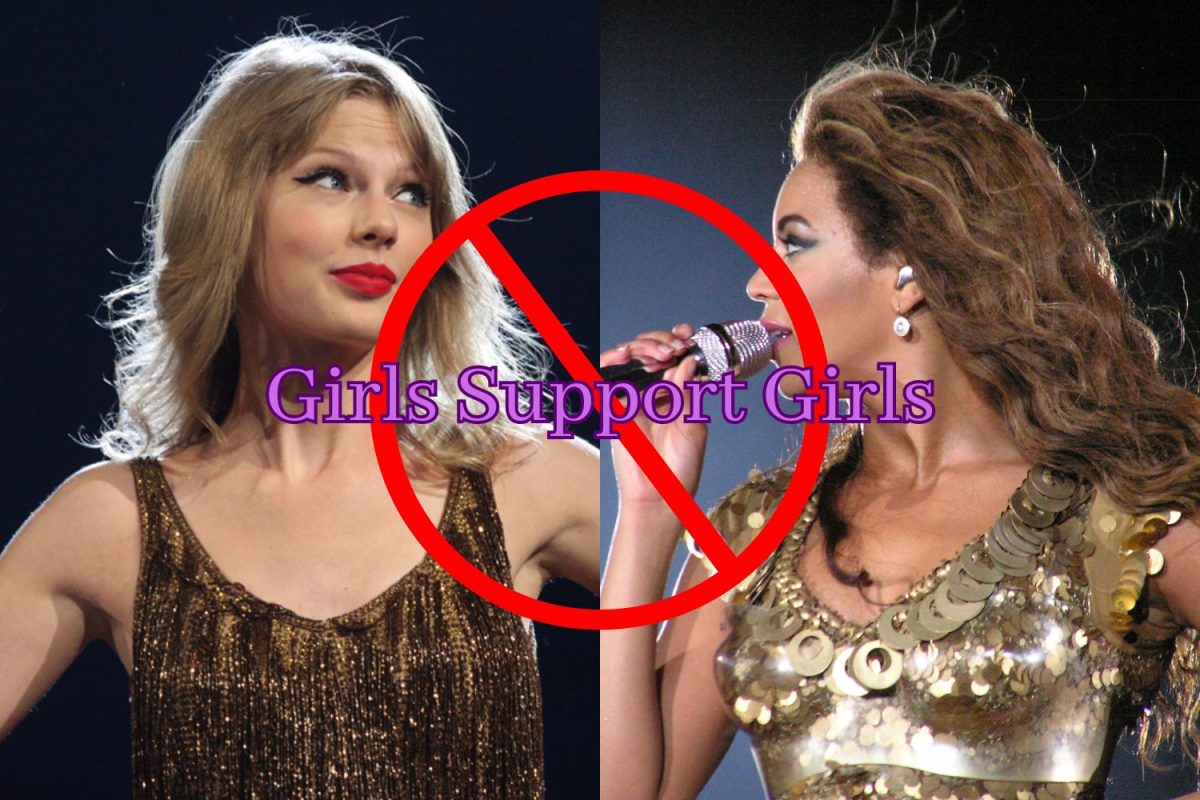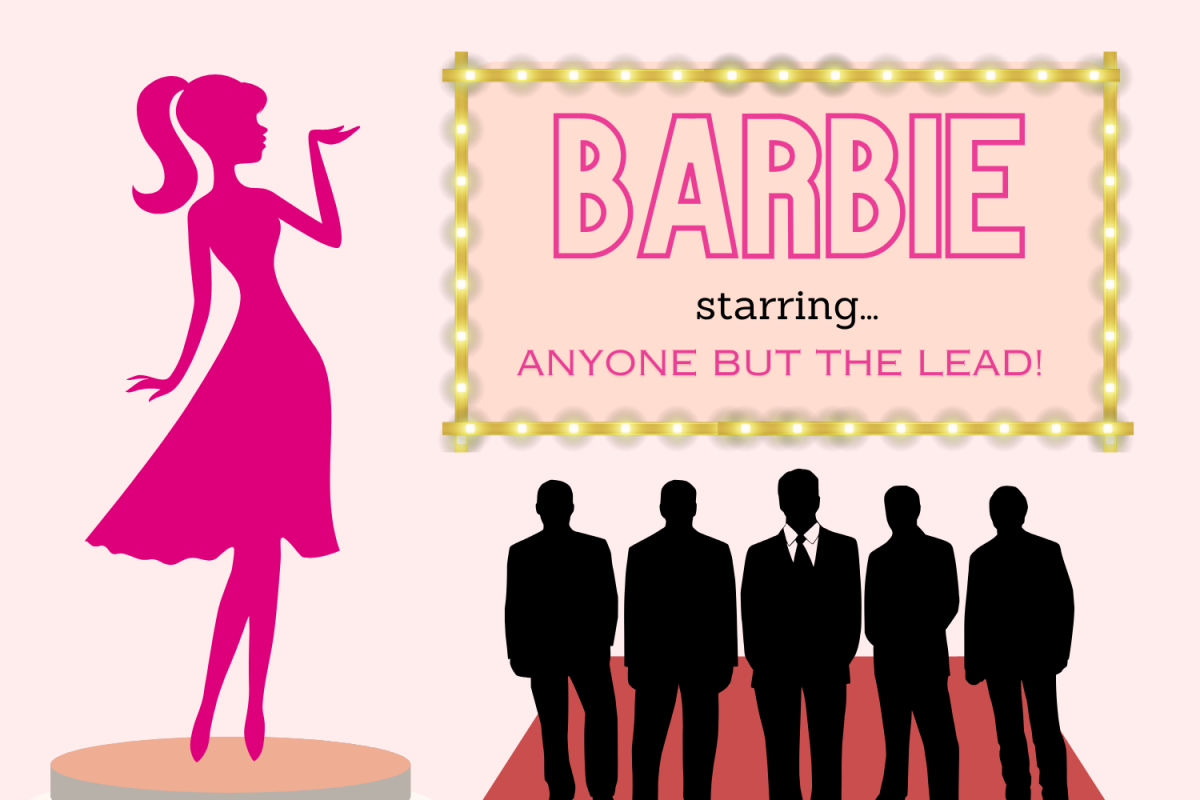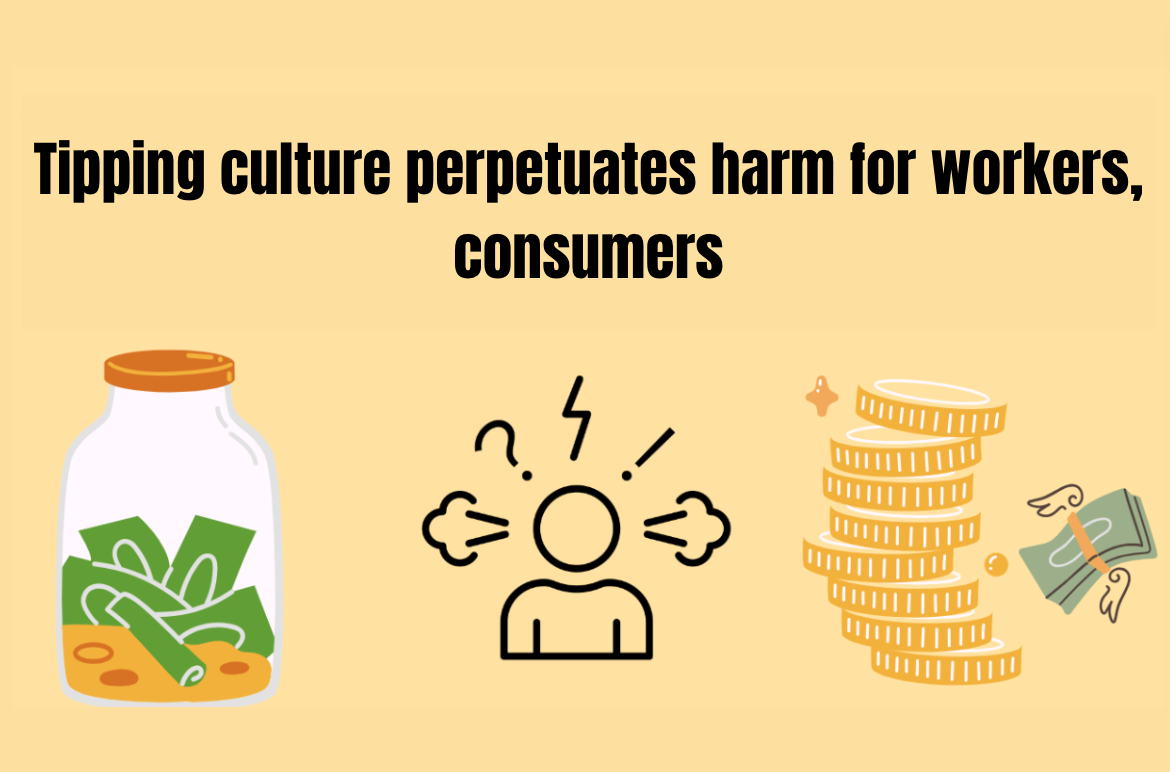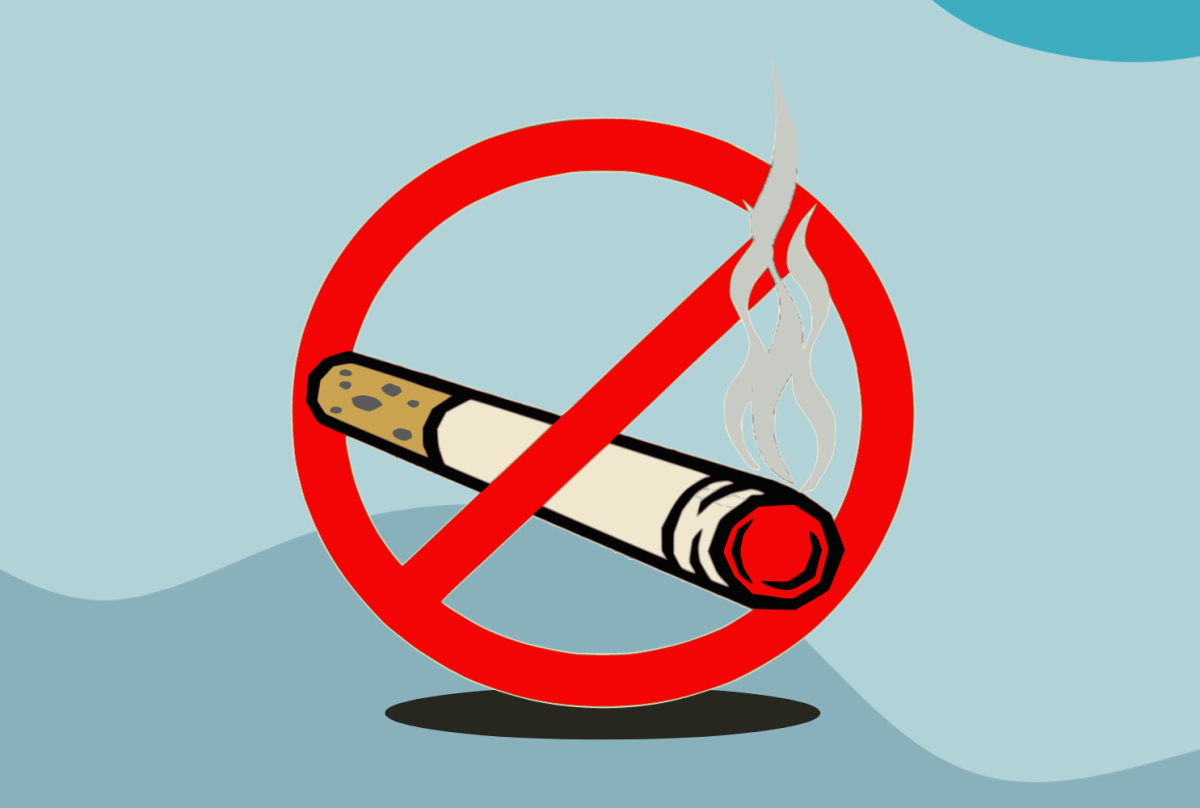JAMES MALIN (’15) A St. Louis grand jury recently came to the unanimous decision to not indict Darren Wilson, the police officer who killed Michael Brown, an 18-year-old African- American resident of Ferguson, MO. The murder took place during an attempt to detain Brown for questioning regarding a shoplifting he was suspected to have committed.
Following the verdict, unrest ensued. Riots broke out in Ferguson, protests took place all around the United States and London; the verdict gained so much media coverage that President Barack Obama even made an address regarding the case.
In his address, Obama reiterated a point made by Brown’s parents following the grand jury’s decision to not indict Wilson, requesting that all protests be carried out peacefully in order to catalyse positive change, rather than destruction. This plea was not adhered to in Ferguson.
Ferguson quickly became the epicentre of mass riots; stores were looted, cars were tipped over and burned – this ruckus induced the police’s retaliation, which included gunfire in an attempt to subdue the rioters.
The reaction to the non-indictment caused was rooted in frustration; this case was viewed as the latest episode of the continuing trend of African Americans falling victim to police brutality and receiving unfair treatment from the justice system.
As a white teenager who has never lived in America, I am not qualified to discuss the details of the case, nor have I ever experienced the perceived atrocities African Americans suffer at the hand of the police.
Because of my inability to truly empathize with the cause, my initial reaction was not about the non-indictment. When I woke up and saw the events unfold on the news, I was angry; I was not angry at the grand jury, nor was I angry at the police – I was angry at the media.
With the new, communal nature of the manner in which news is reported, there is no guarantee of objectivity. More traditional news sources, such as the New York Times, abide by ethical codes which forbid subjective, biased reporting; this steadfast, moral approach helped ensure that such reactions were more sparse.
Now, with the primary platform for the proliferation of news being social media, these more trusted news sources are becoming obsolete, for better or worse. These ethical codes allowed for well-informed opinions, which are harder to come by these days as there is no such code in guerilla journalism.
Not only does this undermine the journalistic industry, it also devalues the justice system. As soon as Brown’s story gained traction in the media, Wilson was effectively guilty, regardless of the verdict the grand jury would come to. It was almost irrelevant that he avoided indictment: If he went to trial and was acquitted, his name’s cache would always be the man who killed an unarmed black teenager; if he was sentenced to serve jail time, that would not be too different to the life he will live anyway.
Due to the nature that news is disseminated in nowadays, there is little room for nuance – after all, how much can you fit in 140 characters? This reduces cases such as Brown’s to being oversimplified and sensationalized.
Again, I am not qualified enough to try to dissect the case itself; but, I would guess, and hope, that there is a lot more to the story than is portrayed by the media. When it is reduced to the barebones of the case as it was, the likelihood of such a visceral reaction increases greatly. This is clearly a contentious issue and to cover it in such a heavy-handed, clumsy manner is irresponsible.
It is incumbent upon the media to treat such sensitive matters responsibly and with objective reason. That has not been the case recently, and we have seen the damage that can cause.
——————————————————————————————————————————————————————————
GUEST: On July 17, 2014 Eric Garner, a 43-year -old black man, was put in a chokehold, and later died as a result, in New York by white policeman, Daniel Pantaleo, as he resisted arrest for selling loose cigarettes and evading tax. On August 9, 2014 Michael Brown, an unarmed 18-year-old black man, was shot dead in Ferguson, MO, by white policeman Darren Wilson, for aggressive behavior.
On 22 November, 2014, Tamir Rice, a 12-year-old black boy, was shot dead in a public park in Ohio by white policeman Timothy Loehmann, as he brandished a toy gun. All three black deaths were unjustified and smacked of racial profiling amongst police officers across different cities. In response to these events, protests have erupted across the United States, ranging from peaceful to violent. People are out on the streets rallying against the discrimination of black males by the police force.
I have been following these three cases, as well as the reactions to them, for the past few months, both in the press and at ASL. When I read about the protests in the U.S., I could see that the core issue is about discrimination and injustice.
Closer to home, at ASL, where the majority of the students are American, the reaction to the cases are quite shocking. Instead of discussing the prejudice that exists in the police force and extends to the legal system, some of my peers try to justify the officers’ actions.
I know these ASL students are not racist but, to me it seems they do not want to accept the ugly reality of the issue that is present in their country. Their response is not driven by prejudice but by a prevalent chauvinistic attitude.
Another aspect that comes into play is “white privilege,” which is one of the most difficult topics to talk about. Our community needs to acknowledge its existence and learn how to use it positively.
If Eric Garner had been white, I believe the attitude of Pantaleo to the situation would have been different. I don’t think Pantaleo would have used the chokehold against a white man resisting arrest for a petty crime. If the police used undue force on a white man, who then died from the incident, I don’t doubt that justice would have been served. I think the police would have been indicted, and a jury would not have found it difficult to produce a just verdict. In my opinion, the crime is the same but the reaction differs based on the colour of the victim. Protests following the man’s death had he been white would have had a wider acceptability, as well. The defensive attitude that I hear, even at ASL, about the police would have instead gone in favor of the white victim. These reactions frustrates me.
Now, let’s look at Cleveland, Ohio. This time it was a black boy who was shot and once again the police officer got away without indictment. Now let’s imagine Tamir Rice as a white boy playing with a BB gun with no orange safety sticker on it. First off, I don’t think anyone would even have bothered to call the police.
If the police had been called, I think they would have handled the situation differently. The police officer would not have shot this 12-year-old white boy. He would perhaps have talked him out of waving a gun around, realized it was a toy gun and left the situation uneventfully.
So now, with these two examples where I have replaced the black men and boys for white people, don’t the cases seem to be issues of racism and discrimination? Three different cities in three different states, located 500 to 1,000 miles apart. I can’t pass this as a mere coincidence. We must stand up and speak out. Accept that we have a problem. This is the first big step towards a solution.

